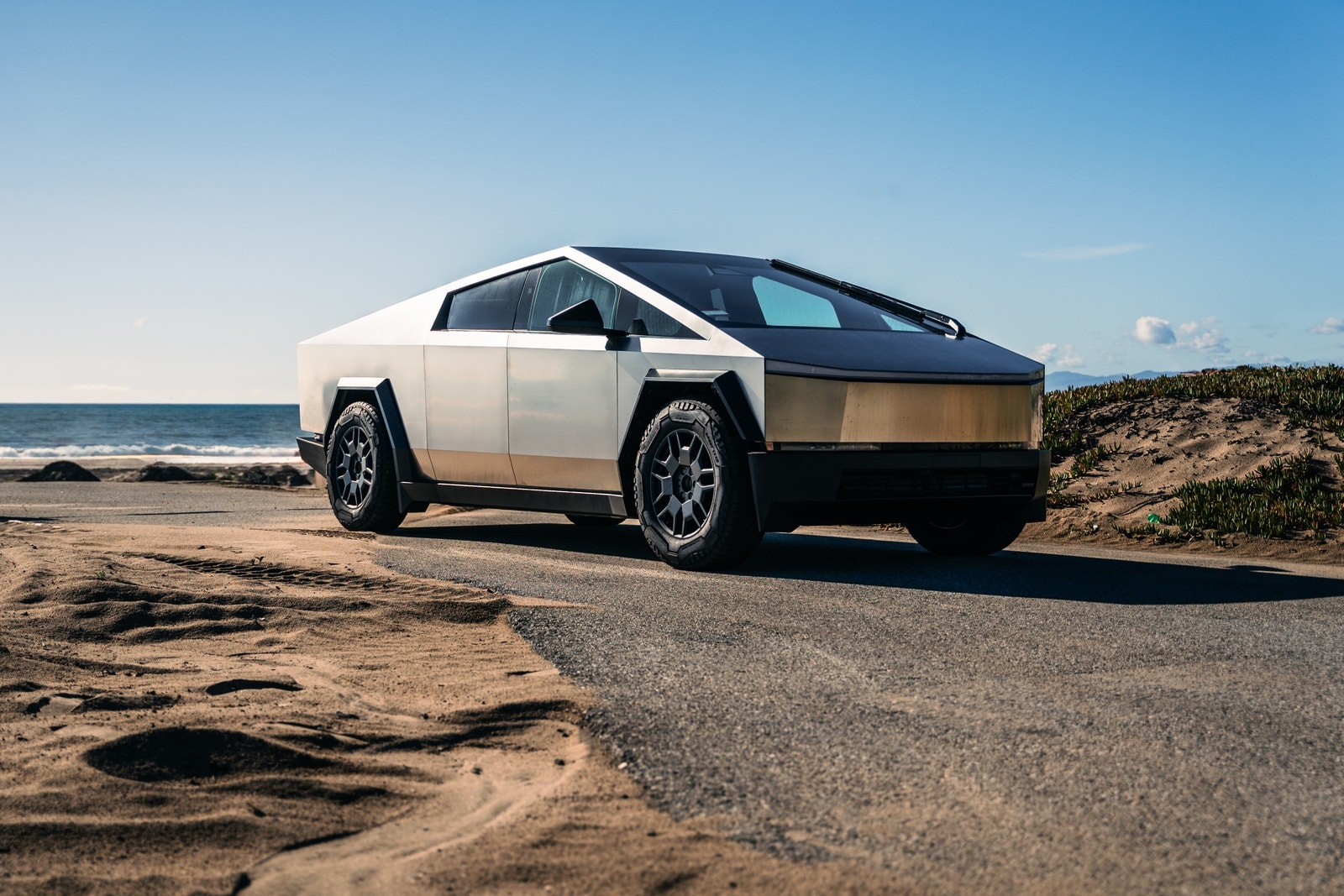Bunch of Shills

This is actually outstanding. Now to see the comparison test results

Tesla Cybertruck Range Test: The Results Fall Short | Edmunds
We put a Tesla Cybertruck Foundation Series through the Edmunds EV Range Test, to get an accurate estimate of this electric pickup's real-world range. How'd the Cybertruck perform? Find out right here.
www.edmunds.com
This is actually outstanding. Now to see the comparison test results




